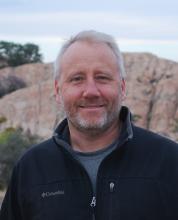Affinity Groups
There are no Affinity Groups associated with this topic. View All Affinity Groups.
Announcements
| Title | Date |
|---|---|
| Register for HTC25: Connect with the High Throughput Computing Community | 03/18/25 |
Upcoming Events & Trainings
No events or trainings are currently scheduled.
Topics from Ask.CI
Loading topics from Ask.CI...
Knowledge Base Resources
| Title | Category | Tags | Skill Level |
|---|---|---|---|
| Neurostars | Website | documentationimage-processingdata-sharing +1 more tags | Beginner, Intermediate, Advanced |
| Astronomy data analysis with astropy | Learning | visualizationimage-processingastrophysics | Intermediate, Advanced |
| FreeSurfer Tutorials | Learning | data-analysisimage-processingpsychology | Beginner, Intermediate |
Engagements
There are no Engagements associated with this topic. View All Engagements.


